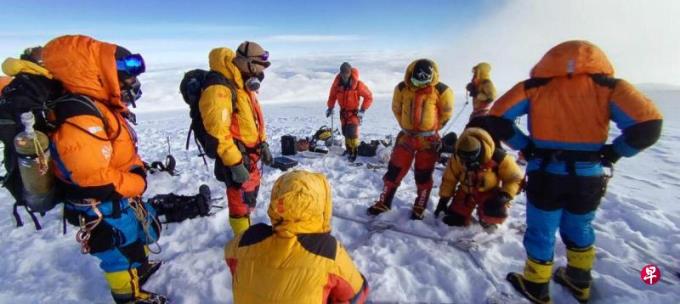
(Lhasa Composite Electric) The Chinese Scientific Investigation Team successfully set up an automatic weather station on October 1 at the top of the world's sixth peak Zhuo Aoyou Peak Peak, expanding the Meteorological Observation Network of the Himalayas to track the impact of climate change on the Qinghai -Tibet PlateauEssence
The Qinghai -Tibet Plateau is the area with the most widely distributed glaciers on the earth except the North and South Pole, so it is known as the "Asian Water Tower".The fragile ecological environment in this area has become increasingly the focus of the scientific community.
Comprehensive Reuters and Xinhua News Agency reported that since late September, the Chinese scientific research team has set up five automatic weather stations at the location of Zhuo Aoyou Peak from 4950 meters to its peak 8201 meters.At this point, Zhuo Aiyou Peak Gradient Meteorological Observation System is formally established, and the high -altitude gradient meteorological observation will be expected to obtain more complete information.
Zhuo Aoyou Peak is located in the middle of the Himalayas. It is the peak peak with the thickness of the thick ice and snow in all peaks above 8000 meters above sea level. During this scientific test, China also collected the Zhuo Aoyou Peak ice core and gradient.Snow and ice sample.
This year's northern hemisphere has gone through the hottest summer since the meteorological record, and monitoring global warming has become imminent.According to the Parisian in France on Thursday (October 5), the altitude of the highest peak of the Alps has reduced the altitude of more than two meters in the past two years.
India's Ximan State, located on the southern foot of the Himalayas, has caused at least 40 people to break the embankment on Wednesday (October 4) due to heavy rain on Wednesday (October 4).
Yang Wei, a researcher at the Qinghai -Tibet Plateau Institute of the Chinese Academy of Sciences, said in an interview with Xinhua News Agency that in order to avoid the occurrence of disasters such as ice floods and avalanches, it is particularly important to strengthen high altitude monitoring.



